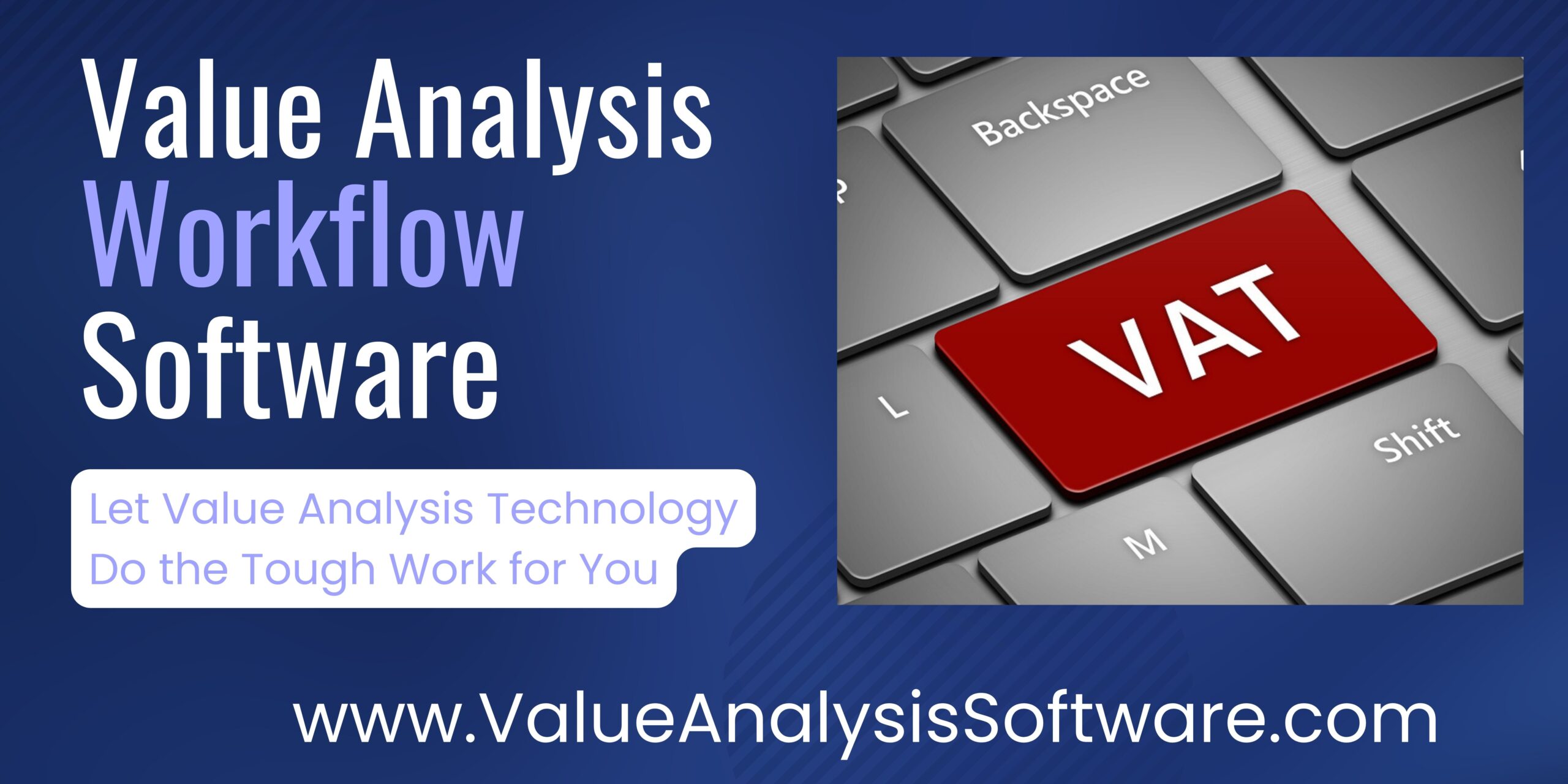“I am glad I could share some of these valuable strategies with you that I had to learn through the value analysis school of hard knocks.”
We have all dealt with the school of hard knocks, but I always try to look at these instances as great learning and knowledge building exercises to propel me forward. These are things I have run into over my decades in the business and are also examples from seeing clients and colleagues befallen to the school of hard knocks. Since nobody likes to talk about their mistakes or miscues, I thought I would talk about the lessons learned from each of these that I continue to see to this day.
It Is Better to Acknowledge Mistakes in Value Analysis and Learn from Them
1. Not All Data Is Created Equal – Everything is data driven in the cost/value optimization world so it is mission critical that you set yourself up with a consistent flow of data that will help you create the best savings and quality outcomes. One of the reasons that companies like SVAH Solutions can do more and create more value with your own data is that we set up separate databases, queries, and reports with your data to enhance it. Why? Because as much as you rely on your ERP/purchasing system for your own reporting and transactions, it is usually not correct when it comes to things like categorization of all your products and services.
The only way to ensure that your ERP data is correct is to set up parallel data warehouses that don’t change your data in any way but allow you to add detailed categorization in order to perform more value analytics and reporting with it.
2. Most Healthcare Professionals Don’t Like Benchmarks – I cannot tell you how many times I have presented cohort benchmarks for hospitals and health systems alike that were scientifically and artfully compiled but were brushed away because they just didn’t like benchmarks, even though these numbers pointed directly to major savings opportunities. Too often, the benchmarks were not taken seriously because the leaders they were presented to simply did not like cohort benchmarks.
Many organizations feel like they are unique and should not be compared to other healthcare organizations as they are “different”. The reality is that 80% to 90% of the time they are not different and can be benchmarked with other organizations. There are strategies to gain buy-in on your cohort benchmark reporting which we have implemented by not just providing one group of cohort benchmarks but hitting the benchmarks and KPIs from three to four different angles. This left no doubt of the original cohort benchmark when all three or four key performance indicators were showing the same outcome.
3. Price Thinking Still Lives Today – Price is King in the healthcare and business world. Supply chain organizations are continually looking for a better price and are always actively converting whole categories of products and services if it means gaining a price advantage. You can add standardization of vendors to the mix and even standardization of products within the vendor’s product line if that makes for bigger savings. These are all price related strategies, but they are not the only strategies that can be employed to save big. If you don’t engage in strategies beyond price, then you won’t be finding and attaining any major savings beyond price. Don’t fall into this trap when you can also focus on areas like waste, inefficient use, consumption management, and much more.
4. GPOs Are the Supply Chain Formulary – The dedication to group purchasing organizations is still at a high level and I don’t see that changing. During a meeting with my son and business partner, Robert W. Yokl, we agreed that health systems are using GPOs as their “formulary” for their supply chain and purchased service sourcing. The term “formulary” which is predominant in pharmacy purchasing is a set group of drugs that hospitals and health systems will use at their organization to maintain patient outcomes and be good financial stewards (e.g., think changing over from brand name drug to generic alternative). This is no different than what is happening in supply chain where the GPOs have taken over the role of contract formulary builders with options for their members.
Without GPOs, hospitals would have to deal with much more than just added labor to manage all of the contracts that would not be on a GPO contract. This would be almost impossible without major staffing increases that organizations cannot afford. The bottom line is that GPOs are now filling the role of Supply Chain Formulary and allowing their members to customize within the confines of the larger contract scope.
5. Trust but Verify – If you have read any of my articles over the past few decades, you may have noticed a common theme which is the human aspect of the healthcare supply chain and value analysis world. You may have the biggest, juiciest, and most robust savings opportunity all spelled out and tied in a nice ribbon, but it will be brushed away with a few words of contrasting views from your key customers/stakeholders. At that point, you have a choice. You can either accept what they are saying, or you can go and verify their statements such as, “We were busier the past few months in Cath Lab,” or, “ICU’s acuity was through the roof which required more supplies.” Whatever you are recommending, there will be an excuse from your end customers as to why it is not valid. We cannot just let them lip service away a viable savings opportunity in our current environment. We must validate their reasons for the cost increase. Eighty percent of the time they will not be right with their knee jerk reaction, but 20% of the time they will be. So, we verify it all.
I am glad I could share some of these valuable strategies with you that I had to learn through the value analysis school of hard knocks. No one ever wants to make mistakes but sometimes they are necessary learning tools and building blocks that you cannot learn in a classroom which is why I have pointed these out to you today. These lessons will no doubt help you work towards achieving major savings and quality results moving forward.
| About Robert T. Yokl, Founder & Chief Value Strategist for SVAH Solutions |
|---|
| Robert T. Yokl is President and Chief Value Strategist at SVAH Solutions. He has four decades of experience as a healthcare supply chain manager and consultant, and also is the co-creator of the Clinitrack Value Analysis Software and Utilizer Clinical Utilization Management Dashboard that moves beyond price for even deeper and broader clinical supply utilization savings. Yokl is a member of Bellwether League’s Bellwether Class of 2018. https://www.SVAH-Solutions.com https://www.SavingsValidator.com |
Articles you may like:
Unlocking the Power of Value Analysis with Artificial Intelligence





